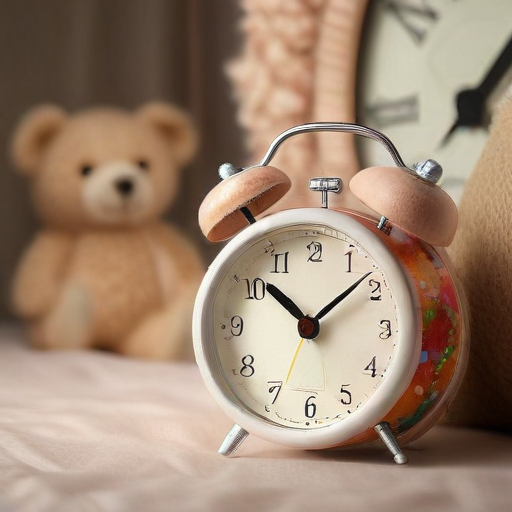The transition into daylight savings time can be unsettling for many families, particularly for parents of young children. The end of daylight savings often results in an hour shift that can disrupt established sleep schedules for babies and toddlers. Understanding how this change affects sleep can offer some reassurance and strategies to manage the adjustment.
Research indicates that adjusting to the clock change can take time for infants and toddlers, similar to adults. According to sleep researcher Pamela Douglas, even though clocks change instantly, our body clocks need time to adapt. Studies have shown that toddlers may take an average of three days to return to their normal sleep schedule, while infants can take about eight days. In the meantime, children may experience slight changes in their overall sleep duration, with some infants sleeping 7 to 15 minutes less even weeks after the time change.
Interestingly, sleep habits can also vary considerably around the world. In some cultures, children might co-sleep with parents instead of having a strict bedtime routine. This adaptability in sleep demonstrates that children’s sleep is influenced by numerous factors beyond mere schedules.
As the winter months approach, research suggests that babies may have some positive effects from longer night hours, as they could potentially sleep a bit longer. However, the relationship between sleep patterns and infant development remains complex. Notably, the lack of significant long-term impact from minor shifts in sleep duration should ease parental concerns about the time change.
For parents wishing to maintain consistent sleep schedules during this transition, gradual adjustments to bedtime might help. Slowly nudging a child’s bedtime later can assist them in adjusting while making use of light and dark cues. Creating a sleep-conducive environment, such as using blackout curtains, can also play a vital role in promoting better sleep during seasonal changes.
Ultimately, while daylight savings may create temporary challenges, sleep for babies is generally adaptable. Parents may also find that their little ones could enjoy a little extra sleep during this transition, which can be a welcome change.
The ongoing exploration of sleep science shows promise in helping parents understand and adapt to their children’s sleep patterns better, creating a more restful environment for the entire family.
